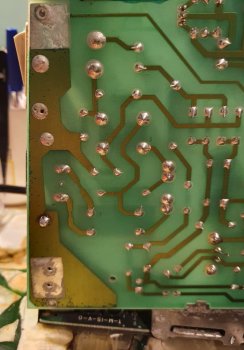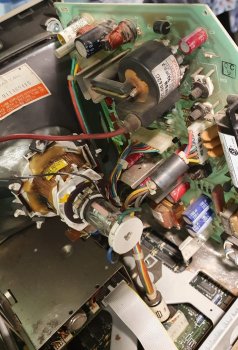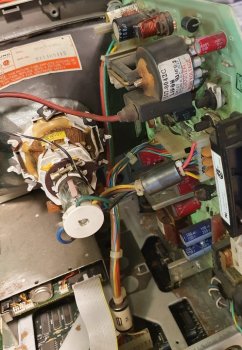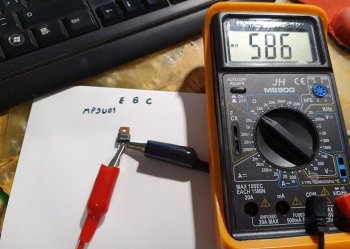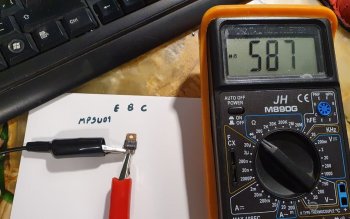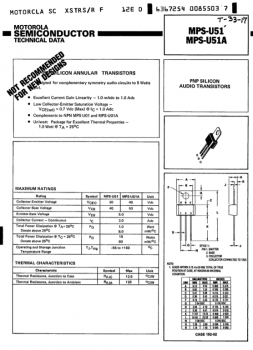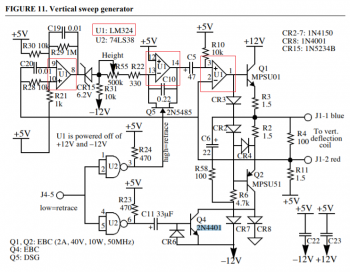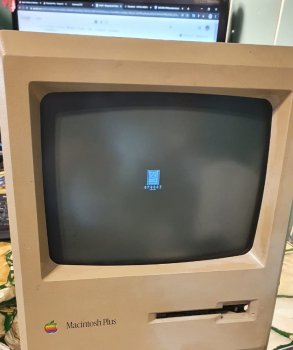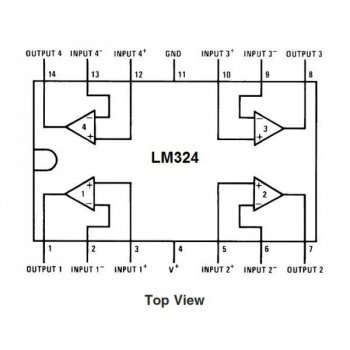Hello everyone!
I introduce myself, my name is Rodrigo. I live in Argentina, so I apologize if my English is bad.
First, I apologize for asking for help without having helped before. I've been reading forums since 2017, but I've only just had time to get back to work on the Mac during quarantine.
In 2017 I had the joy of finding a forgotten Macintosh Plus (Apple is not very common in my country) in an old warehouse. He had suffered a lot, he had the rear battery door with the battery burst and a lot of dirt. When turned on, the dreaded SadMac appeared with a code that I did not find in the repair manuals. Since poor Mac needed a shower, I started to take it apart. I washed its plastic parts, and removed all the corrosion that was possible (leaving marks on the analog board that do not affect its operation). But, due to my clumsiness, I made a mistake in testing. I forgot to connect the CRT ground wire, to which the Mac responded with sparks inside the Electron Gun and smoke coming from the analog board. I turned it off quickly but the damage was already done. I proceeded to plug the cable into the corner of the CRT, and turned it on again. But the Macintosh now only managed to show a small line to the center of the screen. I noticed that it was the same width as the SadMac logo. With the error code noted above, I started to see its possible causes. Which led me to the HIGH ROM. I got the file to flash an Eprom in a forum, and upon posting it, the Mac booted up, but showing only the top of the screen and a horizontal line in the middle. In the repair books, it specifies R3 and Q1 as causing this problem. But having analyzed them off the circuit, I concluded that they were fine. I do not remember when it happened, but the central line shifted higher, since there is now only an image in the upper third, no longer coinciding with the other cases raised in the books. I have replaced: R3; R2; CR2; C5, Q7, Q4 (The 2n4401 for a BC337) but everything remains the same. I also got a full identical CRT, but it displays the same way. Unfortunately I don't have an oscilloscope, nor the possibility of getting a replacement MPSU51 or MPSU01. I've started parsing two equivalents for these, but I'm not entirely sure. TIP117 for MPSU51 and TIP112 for MPSU01.
![MacIsSad.jpeg MacIsSad.jpeg]()
Data that may be useful:
-Analog board: 820-0082-E 1986
-FlyBack: 157-0042C
-Input Voltage: 110 (Non international version)
Hope someone can help me.
A very big greeting to all.
I introduce myself, my name is Rodrigo. I live in Argentina, so I apologize if my English is bad.
First, I apologize for asking for help without having helped before. I've been reading forums since 2017, but I've only just had time to get back to work on the Mac during quarantine.
In 2017 I had the joy of finding a forgotten Macintosh Plus (Apple is not very common in my country) in an old warehouse. He had suffered a lot, he had the rear battery door with the battery burst and a lot of dirt. When turned on, the dreaded SadMac appeared with a code that I did not find in the repair manuals. Since poor Mac needed a shower, I started to take it apart. I washed its plastic parts, and removed all the corrosion that was possible (leaving marks on the analog board that do not affect its operation). But, due to my clumsiness, I made a mistake in testing. I forgot to connect the CRT ground wire, to which the Mac responded with sparks inside the Electron Gun and smoke coming from the analog board. I turned it off quickly but the damage was already done. I proceeded to plug the cable into the corner of the CRT, and turned it on again. But the Macintosh now only managed to show a small line to the center of the screen. I noticed that it was the same width as the SadMac logo. With the error code noted above, I started to see its possible causes. Which led me to the HIGH ROM. I got the file to flash an Eprom in a forum, and upon posting it, the Mac booted up, but showing only the top of the screen and a horizontal line in the middle. In the repair books, it specifies R3 and Q1 as causing this problem. But having analyzed them off the circuit, I concluded that they were fine. I do not remember when it happened, but the central line shifted higher, since there is now only an image in the upper third, no longer coinciding with the other cases raised in the books. I have replaced: R3; R2; CR2; C5, Q7, Q4 (The 2n4401 for a BC337) but everything remains the same. I also got a full identical CRT, but it displays the same way. Unfortunately I don't have an oscilloscope, nor the possibility of getting a replacement MPSU51 or MPSU01. I've started parsing two equivalents for these, but I'm not entirely sure. TIP117 for MPSU51 and TIP112 for MPSU01.
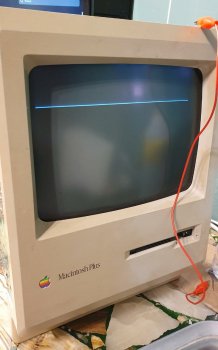
Data that may be useful:
-Analog board: 820-0082-E 1986
-FlyBack: 157-0042C
-Input Voltage: 110 (Non international version)
Hope someone can help me.
A very big greeting to all.



